Listen To Take Your Time
Here is the audio component of Take Your Time #14. Enjoy!
Illustration
Drishti masks are found all over South India. They are said to provide protective magic for construction sites, houses, residential buildings, and trucks. They ward off harm, negativity, and the evil eye. This painting it is is inspired by the one I have from my Avva hanging outside our home.
Inspiration
Last month was my first time back in India after seven years. I was there for two weeks and attended two weddings back to back! I was in New Delhi, an ancient fort in Rajasthan, and then down to Chennai, where many in my extended family are based. It was a fun, nonstop whirlwind, and I feel more appreciative and connected with where I’m from. I’ll be processing everything for some time to come.
I had a chance to visit the National Gallery of Modern Art in New Delhi and I spent the afternoon marveling at the collection. It struck me for many reasons. I saw originals by artists I admire, like Amrita Sher-Gil and Raja Ravi Varma, and then I learned about so many artists I’d never heard about. I studied Art History in college, and the curriculum was almost entirely focused on European art and some American art. I learned how to look and think critically about art, but how can the discipline call itself history when it leaves out so many artists, namely brown and Black? This isn’t a new critique, but I couldn’t believe how much I didn’t know about South Asian artists. I was deeply moved by seeing and learning about so many famous artists and the interplay of Japanese, Indian, and Socialist Realism, and I can hardly describe how much more art by BIPOC artists resonates with me.
In particular, with the pieces from the collection I highlighted below, I loved seeing depictions of real or imaginary women. It meant a lot to me to be able to look at these paintings and see women that looked like me. Many of them reminded me of the Impressionists' works depicting small private moments with themselves or other women. A popular interpretation is that the women in these paintings are Yakshinis or Yakshis, a female nature spirit, because it’s a recurring element in Indian artwork. I prefer to think they are ordinary, which makes them worthy of depiction.
This piece, Lady in the Moon Light, by Raja Ravi Varma, exudes the peace of nature at night. You can almost hear the water lapping at the shore, maybe the crunching of the sand beneath her feet, the click-clack of pebbles, crickets chirping, bangles jangling, owls hooting, and frogs croaking. I wonder why the Lady in the painting is out there. Who is she looking at (besides us)? Is she meeting someone? Are we intruding on her? How often do they come there?
Hiraman Tota by Abdur Rahman Chughtai depicts Rani (Queen) Padmavati, with her talking parrot Hiraman. It’s hard to say if Queen Padmavati was a real or imaginary person. The story goes that Rani Padmavati and Hiraman were very close and studied together. Her father was jealous and ordered Hiraman to be executed. Hirman famously managed to escape. The painting is warm and lush and depicts their closeness and companionship. It brings to mind the mysterious, ethereal depictions of women and their magical animal companions in Leonora Carrington’s paintings.
I gasped when I saw Group of Three Girls in person, among many other works by Amrita Sher-Gil. The contrast between the faded and yet still bright clothing and the young girl’s somber expressions is stark. The composition is a tight triangle, with each of the girls in perfect balance with one another.
Meeting at the Staircase by Gaganendranath Tagore intrigues me. I love that the light is brightest between the two women, the way the two staircases mirror one another, and the cubist nature of the entire scene. This truly feels like a private, quiet moment.
Malan by Pithawala M.F. shows a woman in a bucolic setting, perhaps by the water, holding a small white bud. She appears pensive, contemplative, or meditative, entirely in a world of her own.
After I saw the movie Passages, I read an article about how so much of the story is told through back-acting. The figure in Hemen Majumdar’s painting is saying a lot with her back. The way she’s curled toward the side, perhaps removing her earring. She appears to be a person of means. This is a very private moment, maybe one that we shouldn’t be seeing.
Radha, in Radha’s Viraha by Nandala Bose, is revered in Hinduism as the goddess of love. This painting likely refers to Radha’s longing for her lover Krishna, as they were separated for 100 years. I didn’t know this before seeing it; however, I did sense some melancholy. The two women beside her are likely her ladies-in-waiting; I like to think of them as her friends trying to cheer her up.
Ideas
The experts: artists on 20 easy, mind-expanding ways to be much more creative “Everybody works creatively to survive life.” I firmly believe every single person is creative! Some people have more opportunities, access to time, resources, and support to foster and develop creativity, I believe that’s the only difference. I loved this list; it makes being creative much more approachable. I identify with it being a way of life, I’m always working on something, I can’t not. Here’s what works for me from this list: Understand the importance of looking, Keep an ideas notebook or sketchbook, Don’t put pressure on yourself to produce, Learn about the art history, Work, work, work, and Don’t force creativity.
Music’s Universal Pulse: Body and Emotions Unite Across Cultures Music has often been called “the universal language of mankind.” A new study by a collaborative team of neuroscientists and psychologists may prove this adage. “One of the study’s most compelling revelations is the consistent effect of musical features on emotional experiences and bodily sensations across cultures. Whether a piece was joyful or melancholic, aggressive or tender, it induced comparable responses in listeners thousands of miles apart. This universality suggests that the connection between music, emotion, and the body is rooted in shared human biology and psychology, rather than cultural conditioning alone.”
How First Contact with Whale Civilization Could Unfold What would you say if you could speak to animals? What would you ask? I have so many questions for my two senior dogs. According to this article, humans may be able to communicate with sperm whales in the near future. But should we be speaking to them at all? Do they even want to talk to us? What should we ask them? “I asked [biologist David] Gruber himself what he would say to the whales. He said that he has been taking requests. Most people tell him that we should start by saying “Sorry,” for the bloody rampage that was industrial whaling. He agrees. “We pulled the oil out of these animals’ heads,” he said. “We used it to make lipstick.” Perhaps now we can atone. Charlotte Dunn, the president of the Bahamas Marine Mammal Research Organization, told me that our early communications with whales should be focused on making their lives better. She wants to ask them if the ships have grown too loud and whether they would like us to move any shipping lanes. She wants to know if they can feel the climate change. Taylor Hersh said that she would ask the whales about the worst thing in their life, in case it was something we could fix.”
Surrealism is 100. The World’s Still Surreal. Surrealism has never seemed more relevant or prescient. On its 100th anniversary, the Surrealist movement calls to attention the similarities between the time it emerged and the present. “We’re in a world today that’s not unlike the world in which they emerged. We came out of a pandemic, there are questions about labor reform and anti-colonialism, and exhibition strategies in the art world. These were things they were grappling with as well.”
Ending Quote
I’m ending this issue with a poem called On the Passage of Days by Anuradha Bhattacharyya.
Events follow events
In close succession
Time is
A heavily knotted string,
Swift and dangerous,
It moves, hurting me
And scarring my grand
Memories for the future.
Events follow events
In close succession.
They are
Pebbles on the sea shore,
Driven to and fro,
Roaring and grating
And tearing the sand,
Making patterns in their way.
Events follow events
In close succession.
Time weighs
On my shoulders like a
Garland of coloured stones,
Some dark, some dull,
Some reflective, some sore
Some sparkling, some rough.
Events follow events
In close succession.
A freckled face
Mocking, frowning
Then smiling, then
Eyes gaping- my face
Shadowing all imperfections,
Day after day after day.







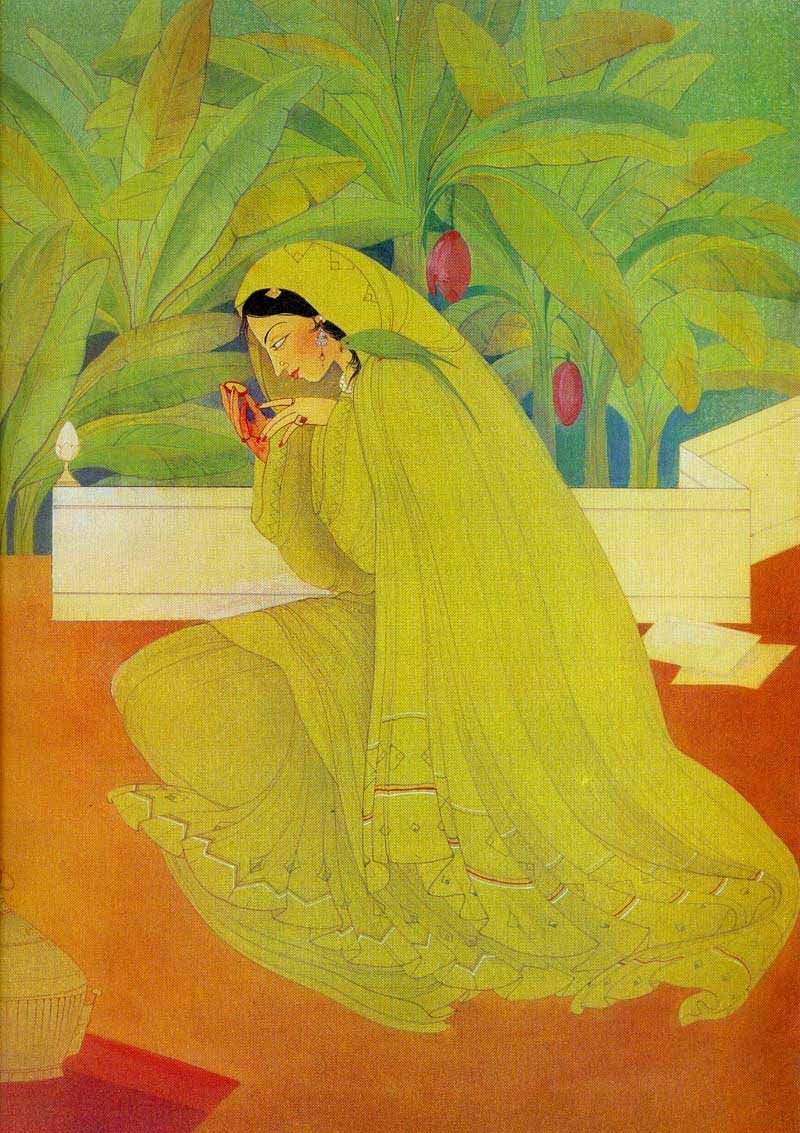

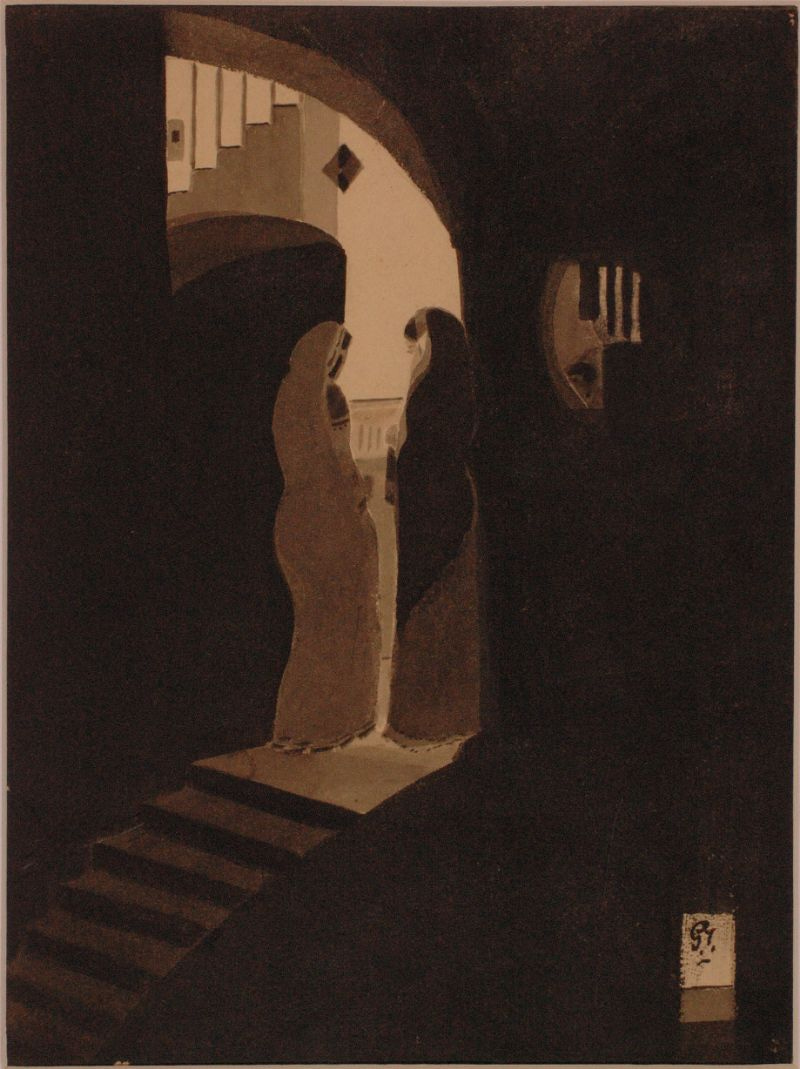
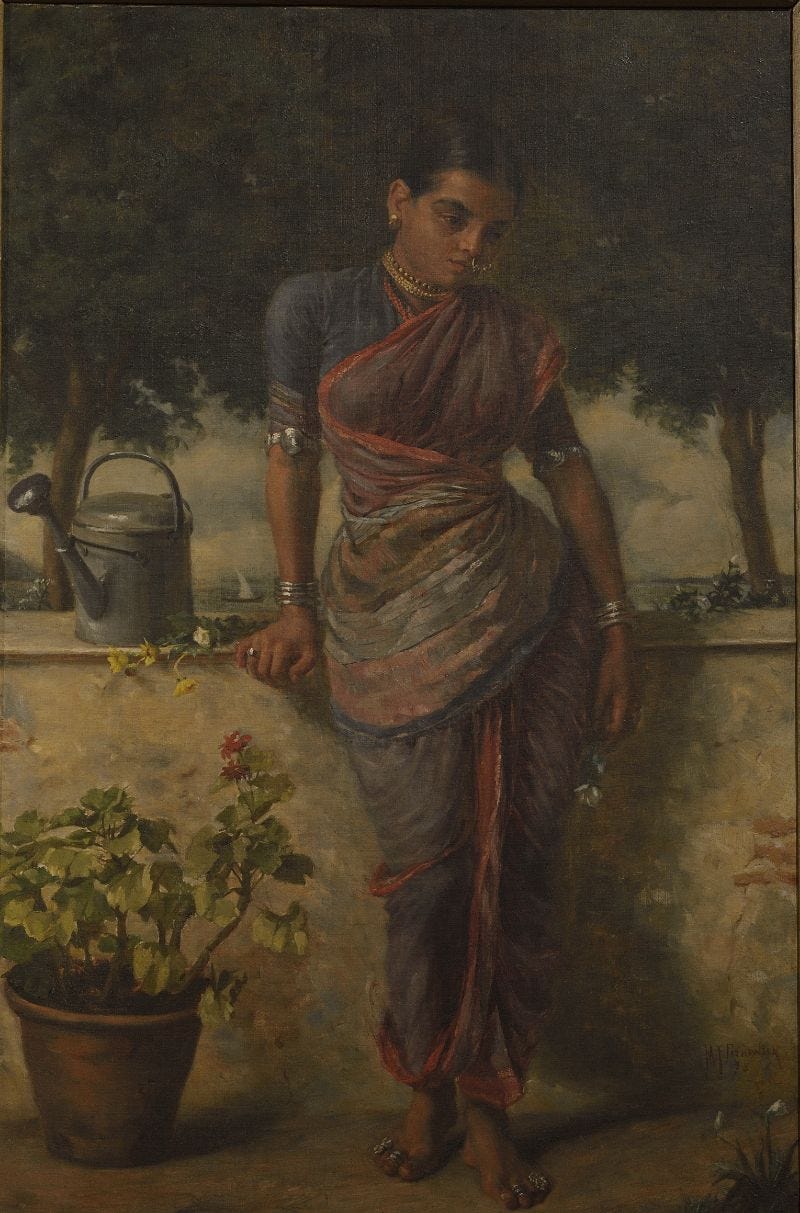
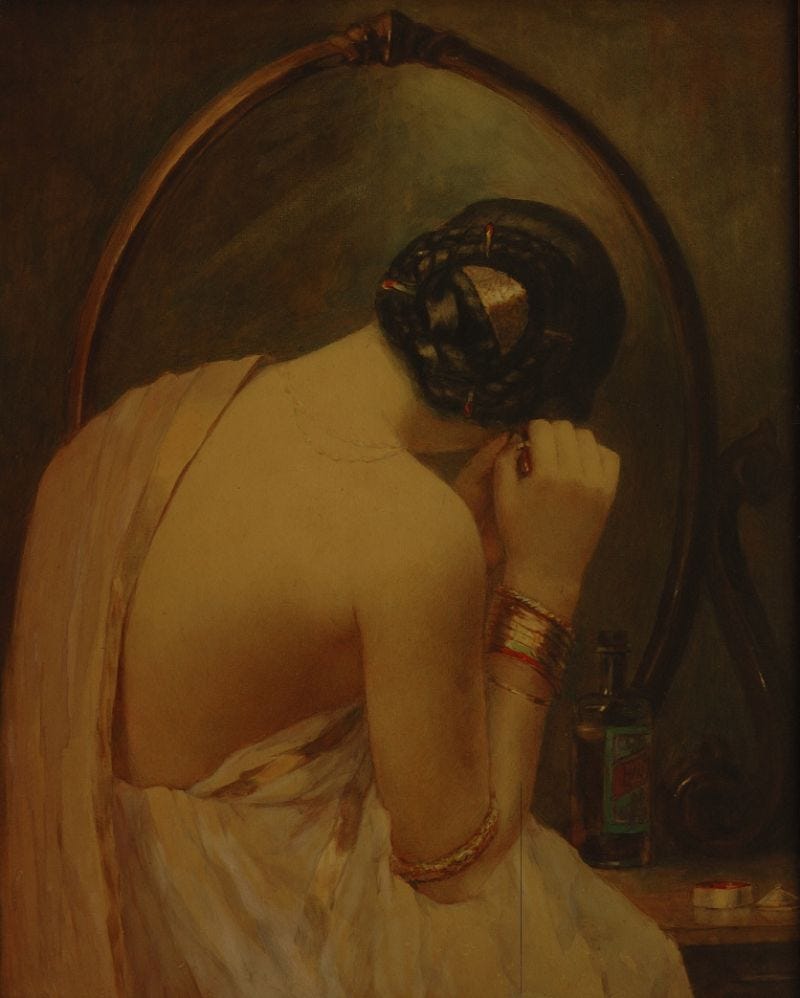
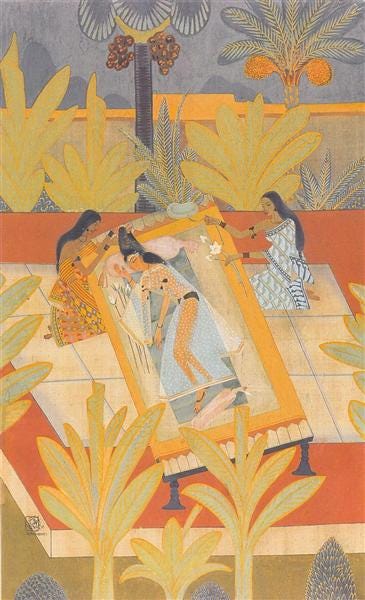
Absolutely floored by the Hiraman Tota portrait, and really moved by the Passages of Days poem! Thanks for this inspiring Take Your Time entry!